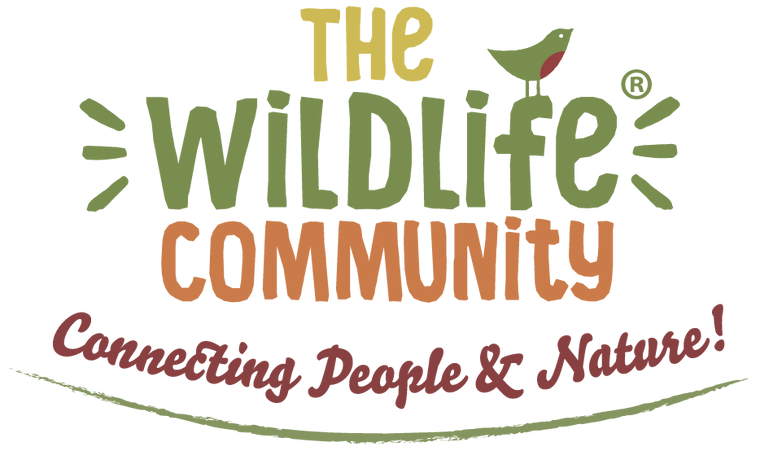
International Day of Forests
Find out where Wildlife World sources the wood we use in our workshop on the International Day of Forests!
During March, the UN organises an International Day of Forests. And to celebrate this year, we thought we'd highlight why the day exists and what we can all do to help, as well as where we at Wildlife World source the FSC timber we use to make our wildlife products here in the UK!
Did you know there is a plan in place by the UK government which recognises the urgency of creating new woodlands across the country whilst the world faces a climate crisis? Trees are a source of life, a habitat for life and sustain life. Trees provide carbon storage, soil conservation, water cycle regulation, food, homes and building materials.
According to the Nature Journal, over the last 12,000 years, we have cleared nearly half of the world's estimated 5.8 trillion trees. Much of it in the more recent years following the industrial revolution. But we are beginning to witness a replanting movement.

Forest Restoration in the UK
Over the last century, Forestry England says woodland cover has doubled in England, having planted over one billion trees. They do this through sustainable forestry management: "Harvesting sustainable timber also helps maintain healthy and diverse woodlands. We grow and harvest the timber in ways that support biodiversity and big natural processes, like oxygen, water and carbon cycles."
According to Forest Research's latest figures:
- Woodland area in the UK covers 3.2 million hectares.
- 7 thousand hectares of new woodland were created in 2019-2020.
- The total area of native woodland in Great Britain is estimated to be around 1.51 million hectares.
The theme of this year's United Nations International Day of Forests is "Forest Restoration: a path to recovery and wellbeing".
The sustainable management of our forests and their use of resources is key to combating climate change. The United Nations states: "When we drink a glass of water, write in a notebook, take medicine for fever or build a house, we do not always make the connection with forests. And yet, these and many other aspects of our lives are linked to forests in one way or another."

Where does Wildlife World source it's wood for the workshop?
Wildlife World prides itself on only ever using FSC certified timber in our wooden bird boxes, bee and bug houses and hedgehog houses. What does that mean? It means that our timber has been certified by the Forest Stewardship Council as coming from either well-managed forests or recycled sources. The FSC says, "When you see the FSC logo on a label, you can buy forest products with confidence that you are helping to ensure our forests are alive for generations to come."
To celebrate International Day of Forests, we interviewed Gladstone Sawmill's owner in the Forest of Dean. Gladstone provides much of the timber we use for our owl boxes and bug hotels. Oli Gladstone says: "We're FSC registered, so we're very keen on sustainable forestry. That's very important to us, so if trees are being felled, they need to be replanted. We are very keen on using Red Cedar; it's a renewable resource, and it also lasts for a very long time. So, by the time a bird box needs replacing, which could be decades, trees have regrown in that time, and the process continues."
Wildlife World Founder, Norman Sellers, has been working with wood since a young age and is passionate about ensuring the whole ethos of our company revolves around sustainability: "We are using too much of the earth's resources. You can feel comfortable that you are not destroying an environment somewhere else because of the product you buy from us. Environmental decisions drive the whole of our business."


